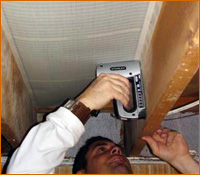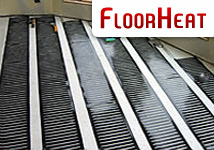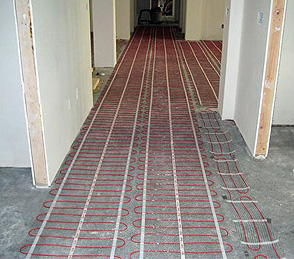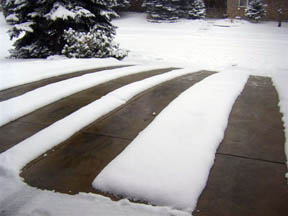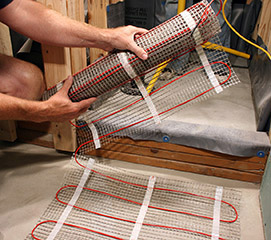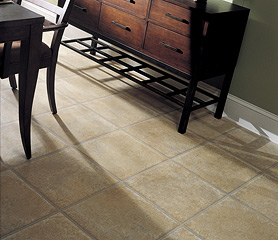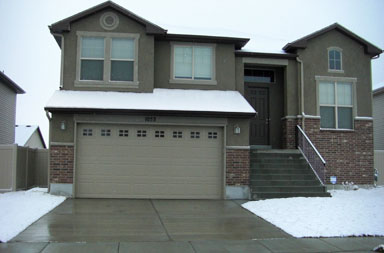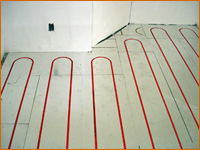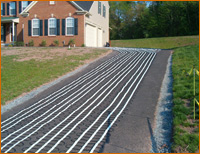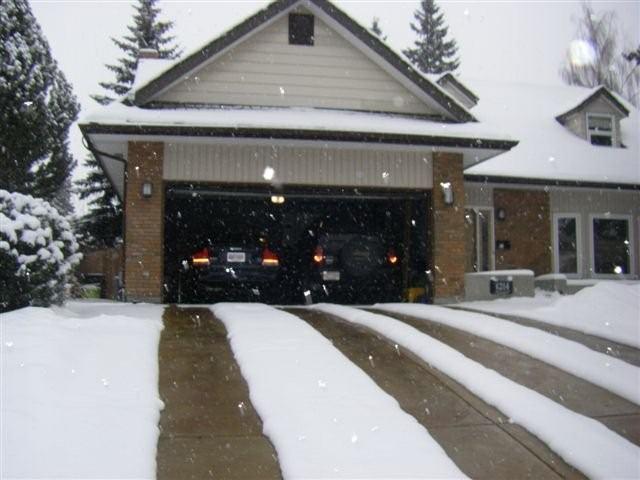Make Life Greener and Cleaner with Radiant Heat
Snow is on its way, and if your resolution for the New Year is to live a greener life, radiant snow melting systems are a great place to start. Electric snow melting is simply kinder to the environment. Clean, silent and compatible with renewable energy sources, electric snow melting doesn’t require harsh snow melting chemicals or additional snow removal equipment, saving your driveway, lawn and surrounding landscaping and your budget.
Radiant snow melting systems use an automatic sensor that automatically activates driveway heat when precipitation is detected and temperatures are below 39 degrees Fahrenheit. System response times are fast, so chances are good that your driveway will be clear long before your boots ever see pavement. There’s no back-breaking shoveling, waiting for a snow removal service, or supplemental snow melting chemicals required.
Unlike electric snow melting systems, snow removal chemicals have a negative impact on your lawn and surrounding landscape. Direct contact from salt spray from roadways, or from salt-laden snow that has been blown or shoveled over them can create yellow, dead patches of grass on your lawn, and cause bud death as well as twig dieback. And salt buildup in the adjacent soil formed by the repeated yearly applications of ice melting chemicals can damage plant roots, rendering them incapable of taking up water.
A high concentration of calcium chlorides can permanently damage your driveway. Heavy application of these products is most often the biggest culprit, which shortens the lifespan of concrete surfaces. In addition to the damage caused by harsh chemicals, chain marks, scratches or gouges often result from the snow removal equipment used by well-meaning commercial snow removal companies. Unlike radiant snow melting systems, there’s also a potential for damage to landscaping that comes with hiring a snow removal service.
Perhaps at this point you’re wondering just how much green a radiant snow melting system is going to cost you. Once you get past the initial cost of installation, operating a radiant heated driveway will literally cost you pennies on the dollar. Once you decide on your heating requirements, Warmzone is there to design a system to suit your needs, whether you’re outfitting a new concrete pour or an existing driveway. Warmzone has the experts and the expertise necessary to come up with an electric heated snow melting solution for your driveway that’s within your budget, without cutting corners on performance. Just think of all of the money you’ll save on lawn repair and snow removal services.
Unlike other snow removal options, outside of that slight tick upward in your electric bill, there’s no snow blower to fill with gas, snow removal service to pay, or snow melting chemicals required. An electric snow melting system is self-contained and virtually maintenance free. Just set it and forget it. The snow will be gone before you even have a chance to warm up that morning cup of joe. And if your goal is to live off the grid to the fullest extent possible, it’s a good idea to include Warmzone radiant snow melting systems in your plans. They’re fully compatible with renewable energy sources, such as wind and solar power.
Find out more about Warmzone radiant snow melting systems and their impact on a greener lifestyle by calling 888.488.9276.
Read Warmzone’s Green Energy Statement.


